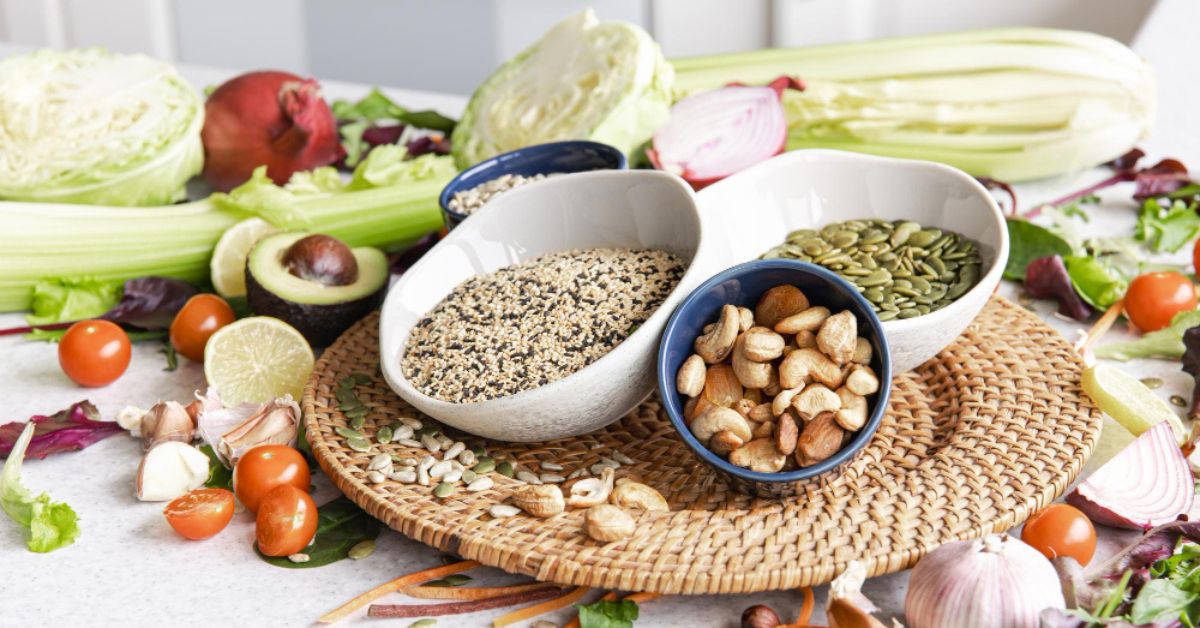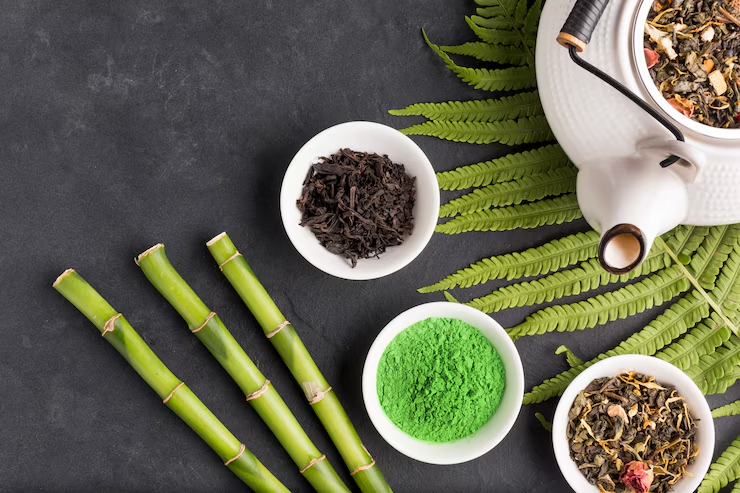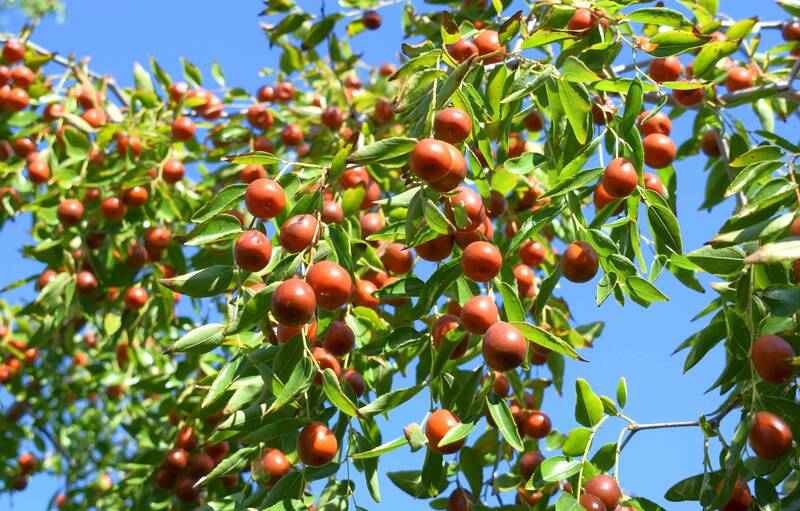“Pollaste.” If you’ve encountered this term, perhaps in a Baltic recipe, a travel blog about Estonia, or even a language learning app, you might be wondering what it means. While unfamiliar to many English speakers, pollaste (pronounced roughly pohl-lahs-teh) is a fundamental Estonian word with a specific and essential meaning: poultry, particularly referring to chicken meat.
It’s a term that speaks to a cornerstone of Estonian agriculture, cuisine, and daily sustenance. Let’s delve into the world of pollaste.
From Farm to Fork: The Essence of Pollaste
At its core, pollaste refers to domesticated birds raised for their meat and eggs. While it can encompass birds like turkeys or ducks in a broader sense, its primary and most common usage in everyday Estonian is for chicken meat. You’ll see it prominently:
- In the Supermarket: Packages labeled “kanapollaste” (chicken poultry) or simply “pollaste” clearly indicate chicken cuts – breasts (rind), thighs (reie), wings (tiib), or whole birds (tervis). It distinguishes chicken from other meats like pork (sealiha), beef (veiseliha), or fish (kala).
- On Menus: Traditional Estonian restaurants or home-cooked meals might feature dishes like “grillitud pollaste” (grilled chicken) or “pollaste supp” (chicken soup). It signifies the key protein component.
- In Cooking & Recipes: Estonian home cooks discuss buying pollastet for dinner, marinating pollastefileed (chicken fillets), or using pollastelüli (chicken stock/broth) as a base.
Beyond the Meat: The Poultry Connection
While chicken meat is its dominant meaning, pollaste retains a link to the birds themselves and the industry:
- Poultry Farming: The term linnukasvatus (poultry farming) revolves around raising linnud (birds) for pollaste (meat) and munad (eggs). A pollastefarm is a poultry farm.
- The Birds: While “kana” is the specific Estonian word for a chicken (the live bird), pollaste implicitly references the source. Saying “ostsin pollastet” (I bought chicken/poultry) inherently means you bought meat from chickens (or potentially other poultry birds).
Why “Pollaste” Matters: Culture and Cuisine
Understanding pollaste offers a small window into Estonian life:
- Staple Protein: Chicken is a widely consumed, affordable, and versatile meat in Estonia, much like in many parts of the world. Pollaste is a dietary staple.
- Traditional Dishes: Chicken features in comforting classics. Think “rossolye” (a beetroot and meat salad often including chicken) or hearty chicken stews common in colder months.
- Modern Cuisine: It’s equally central to contemporary Estonian cooking, appearing in everything from simple grilled dishes to innovative restaurant creations. Its mild flavor makes it adaptable to various spices and sauces.
- Economic Significance: Poultry farming is an important part of Estonia’s agricultural sector, contributing to the domestic supply of pollaste.
Did You Know?
- Estonians differentiate clearly: “Kana” = the live chicken / the bird itself. “Kanamuna” = chicken egg. “Kanapollaste” or “Pollaste” = chicken meat.
- Estonia has a strong tradition of small-scale household chicken keeping, alongside larger commercial poultry farms.
In Conclusion
“Pollaste” might seem like a simple word, but it carries the weight of everyday nourishment, culinary tradition, and agricultural practice in Estonia. It’s the word you need when buying chicken at the market, ordering a comforting meal, or understanding the backbone of much Estonian home cooking. So, next time you encounter pollaste, remember – it’s far more than just a term; it’s a key ingredient in the Estonian way of life.











